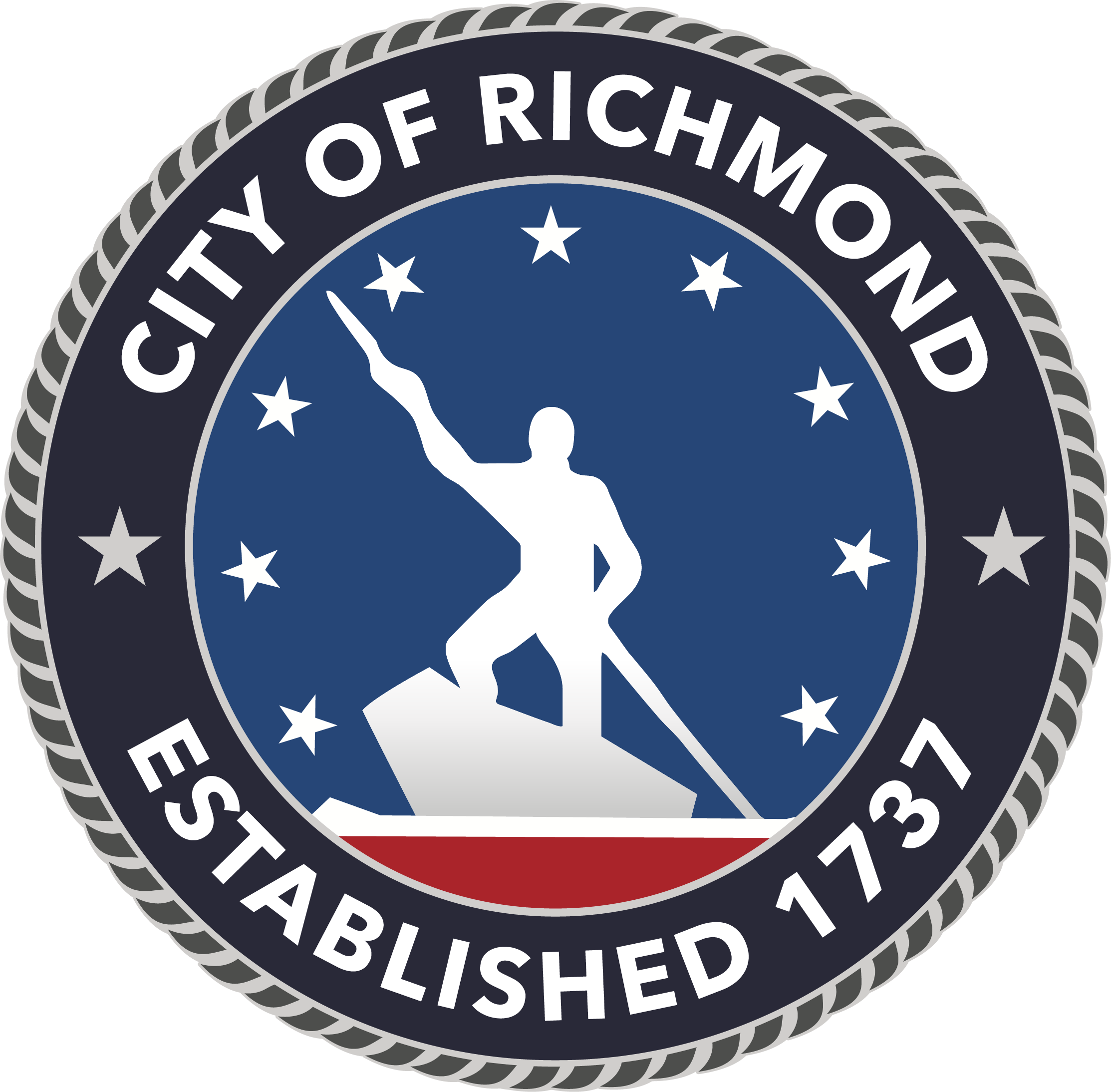50th Anniversary of the Clean Water Act
In 1972, the United States Congress passed the Clean Water Act. At the time, only one-third of the waterways in the country were safe for fishing and swimming due to industrial, agricultural and municipal pollution. The act made all discharges into bodies of water illegal without a permit.
In Central Virginia, a small chemical plant in Hopewell was dumping a toxic insecticide called Kepone into the James River from 1966 until it was shut down in 1975. Kepone was found throughout the James River and commercial and sport fishing was banned until 1980, destroying Virginia’s fishing industry. The Clean Water Act established regulations controlling pollutant discharges, set wastewater standards, funded sewage treatment plants, and has played a major role in improving and protecting the health of citizens.
The Environmental Protection Agency oversees and enforces compliances with the Clean Water Act, monitoring industrial facilities and municipal wastewater treatment plants. DPU is invested in meeting and exceeding federal regulations to provide clean, safe and reliable drinking water. And that’s only half of it. DPU treats up to 75 million gallons annually of sanitary sewage, wastewater and stormwater before returning it to the river.
Millions of dollars have been spent upgrading and modernizing the Water Treatment Plant west of Byrd Park and the Wastewater Treatment Plant in Manchester, across the river from Rocketts Landing.
In the last decade alone, DPU has constructed a new five million gallon water tank in Church Hill, completed a Cleaning and Lining Program to clean or replace aging water pipes throughout the city – the Fan District alone took five years to complete – and added a roof to the treated water basin at the Water Plant. Currently, upgrades are occurring at the Byrd Park Reservoir including replacement of the old concrete roofs.
The Wastewater Plant was upgraded as part of the Chesapeake Bay Restoration Program, including replacing chlorine gas used for disinfection with ultra violet light. These upgrades have decreased nitrogen and phosphorous levels in the James River. Other improvements have led to increased treatment capacity during wet weather events. In recent years, the huge stormwater retention basin in Shockoe Bottom was emptied, cleaned and improved. Under construction now is a new screening and grit removal facility that will improve the process for treating wastewater.
The stormwater utility was launched in 2009, to manage run-off from alleys, and clean catch basins, creeks and streams across the city. A state-of-the-art water testing laboratory was built on Commerce Road to monitor not only the quality of water we deliver to customers, but the equally excellent quality of water we return to the river.
Richmond was the first municipality in Virginia to apply for and receive an integrated permit. This allows for greater regulatory efficiency across all utilities while protecting water quality given very limited resources at both the city and the state level.
Despite the complexities of meeting the demands of an aging infrastructure, by far the biggest task ahead for the City is to control all combined sewer overflows. With a deadline of 2035 and a projected $1.7 Billion in funding still needed, we remain hopeful for heightened federal, state and local partnerships. To learn more about the CSO program, click here.
As we celebrate the 50th anniversary of the Clean Water Act, we remain committed to providing clean, safe and reliable drinking water and working towards a cleaner James River. We hope you will join us in the commitment.







